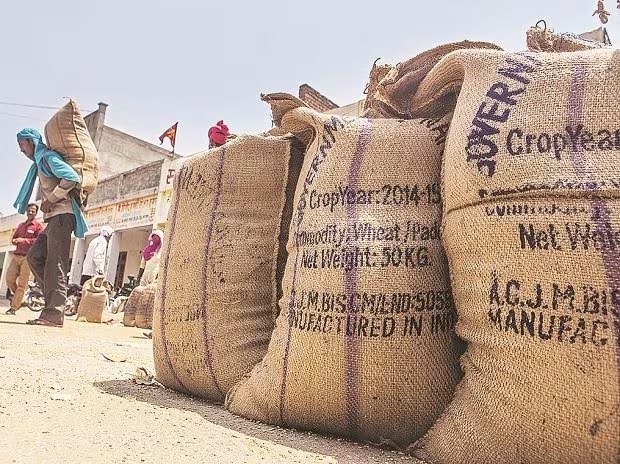The government will deploy field verification and remote sensing in the agricultural system across the country to get better crop production estimates after traders spotted a 10 million-tonne hole in wheat projections. The government was criticized for its unrealistic wheat crop production estimates for the 2023-24 (October-March) crop year. While the agriculture ministry estimated wheat production to be 112.7 million tonnes, the industry pegged it at 101-103 million tonnes for the current season.
“With regard to the production estimates, I agree there has been a mismatch between the agriculture and trade figures,” food and public distribution Secretary Sanjeev Chopra said on Monday. “We are reporting 112 million tonnes while the trade reports 102-103 million tonnes, leaving a gap of 10 million tonnes. To ensure that this kind of disparity which is there in the figure is kept to a bare minimum, you will see things changing in the next one or two years to make the figures we are quoting become more driven by the ground reality.”

Citing Karnataka’s use of field verification and remote sensing for fruit, Chopra said, “A similar thing is going to happen in agri-stack which is being put in place by the agriculture department. This will be rolled out very shortly across the country in a phased manner and will enable us to get a more realistic figure or closer to the ground reality.” Agristack or India Digital Ecosystem for Agriculture which has been under development since 2020 with public consultations in 2021 is a federated structure and ownership of data is with the states. Access to the Federated Farmers‘ database is available with the government.
Chopra stated, “To make heat-tolerant varieties of wheat more common and rightly available, the agriculture ministry and ICAR (Indian Council of Agricultural Research) have been working.” Because of climate change effects, wheat crops in terms of noth quantity and quality often get affected due to heatwaves during the growing stage in January-March.
To improve wheat crop productivity, the agriculture ministry and ICAR are working closely with state governments, and they target to increase wheat yield by 20% in three years, the food secretary said.
“To ensure not only the food security but also wheat security, the Centre plans to procure and distribute 2.8 million tonnes of millets as against last season’s a little over 700,000 tonnes,” Chopra said.
The food secretary assured that there are no shortages of wheat in the country and shared the break-up.
“If we do a calculation going by the most conservative estimates of 100 million tonnes of wheat production last year, 26 million tonnes wheat was procured by the government in the ongoing season, and there are 39 million tonnes of wheat that have not disappeared. Besides, FCI (Food Corporation of India) had a stock of 8.4 million tonnes of stock at the beginning of the season. Flour millers are also holding some stock.
“We have 8.7 million tonnes of wheat available for market intervention at the end of the year as projected. We also have a buffer of 7.6 million tonnes. So, there is adequate stock available in the country. The government has all the policy instruments available and will intervene as the situation demands as we have been doing in the past,” he said.
Read more at-https://shorturl.at/pQRX8



